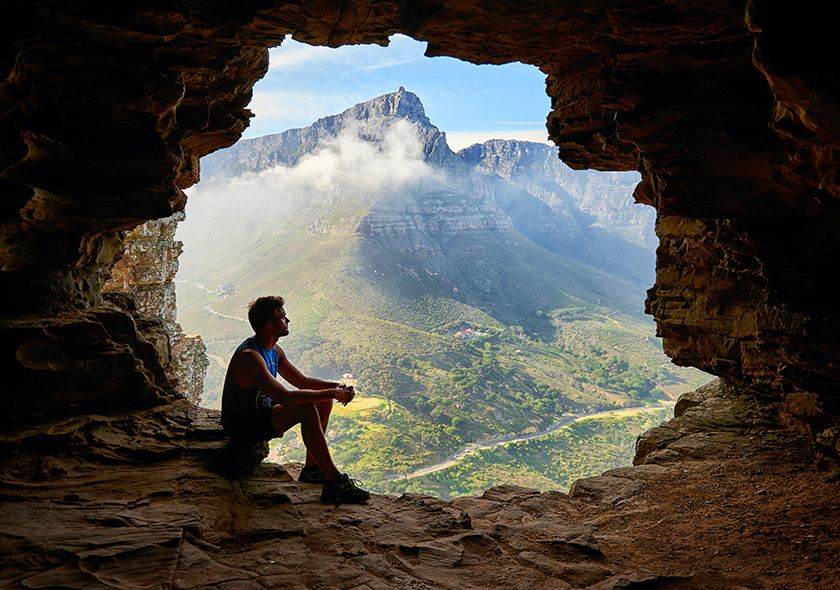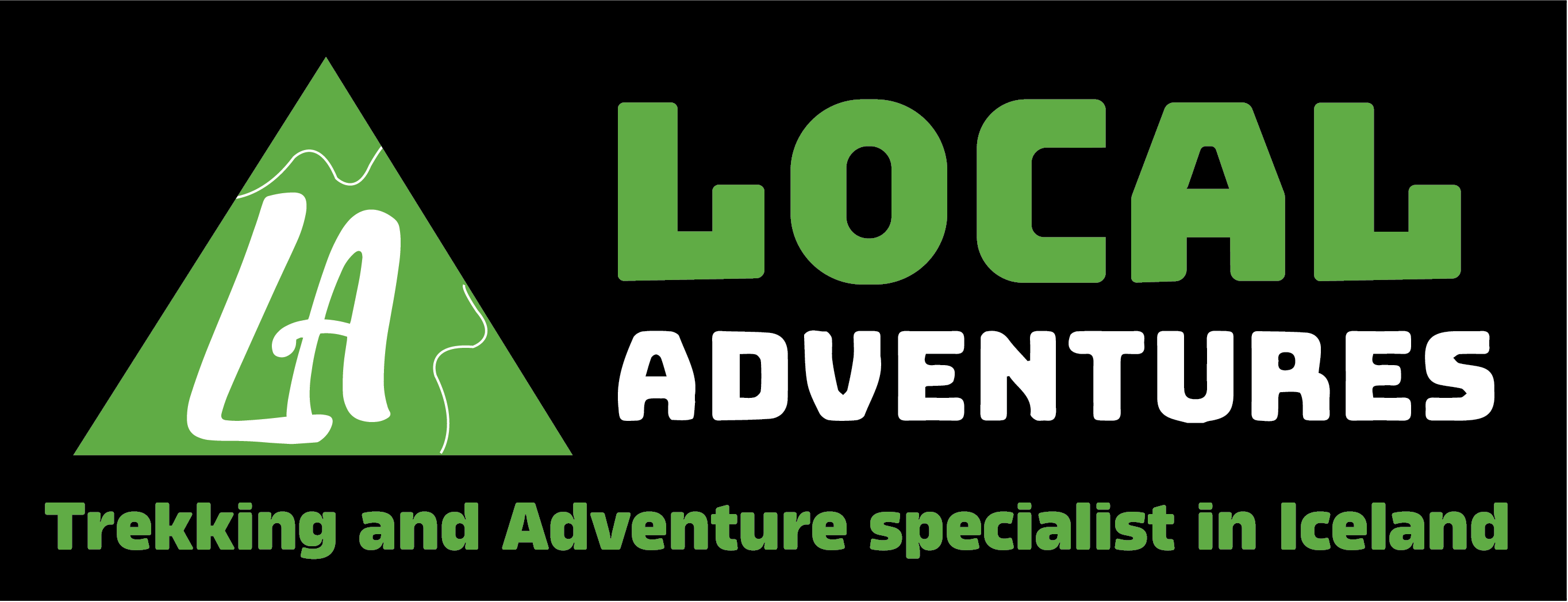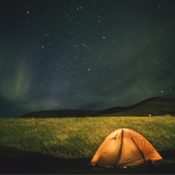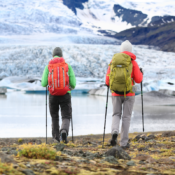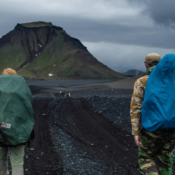A Complete Guide to the Northern Lights: Iceland’s Celestial Spectacle
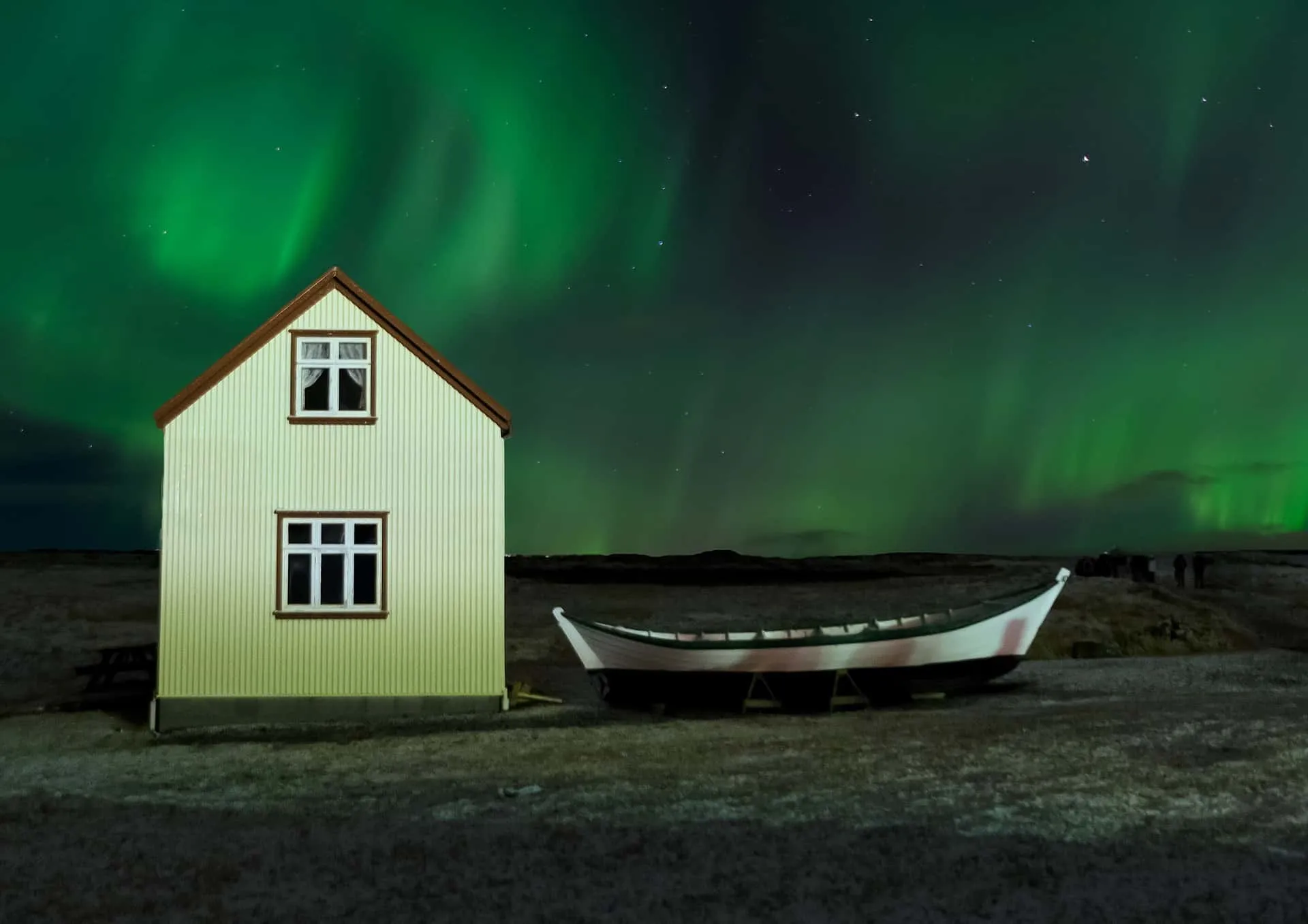
A Complete Guide to the Northern Lights: Iceland’s Celestial Spectacle
The Northern Lights (Aurora Borealis) is one of the most unique wonders in nature, capturing thousands to millions of hearts with their ethereal glimmer. Truly unlike anything else, this natural wonder is a favorite among both travelers and stargazers – especially in Iceland.
In this comprehensive guide, we will answer all the questions you may have about the Northern lights as well as share with you the best spots and time to experience them along with what causes the Aurora Borealis to appear,and other interesting facts.

Northern Lights in Iceland: A Prime Destination
When you think of magic in the winter skies you invariably think of the Northern Lights Iceland. Iceland’s unique geographical location, close to the Arctic Circle, makes it one of the best places in the world to see the Northern Lights. The country’s low level of light pollution and vast open areas make it the optimal location to see this natural wonder. The Northern Lights can be seen throughout the capital Reykjavik and in many more remote areas between late September until early April.
How to interpret the Aurora Forecast in Iceland
The Aurora Forecast, Iceland is essential for all the Northern Lights enthusiasts. This forecast indicates the probability of auroral activity based on solar wind conditions and geomagnetic presence. With instantaneous updates on websites and apps, you can plan your sightseeing outings more accurately. On a scale of 0-9, with higher figures suggesting an increased chance to witness the lights. A forecast of 2-3 is already good, but you will see magic at the point when an index reaches and surpasses 5.
The Best Northern Light Tours in Iceland
The best Northern Light tour in Iceland can make your experience 10X better. Hosted by professional guides, an incredible wealth of local knowledge ensures you are taken to those places where the viewing is best and far away from city lights. Paddle Captain offers several paddling tours including;
Super Jeep Tours – These tours tend to lead smaller groups out in nature, down unexplored paths that are usually inaccessible by regular car.
Boat tours: Watching the Northern Lights from water allows you to see them not only in the sky but also on the surface of water where the lights start dancing.
Aurora Chasing Tours- These tours are tailored to the Aurora forecast so that it maximizes your chances to see the lights in full glory.
What Causes the Northern Lights?
The explanation behind the aurora borealis is as captivating as the spectacle. The Northern Lights are caused by the interaction of solar particles with our planet’s magnetic field.
When charged particles from the sun collide with gasses in the Earth’s atmosphere, they emit light. Green and red auroras come from oxygen atoms while blue and purple hues are created by nitrogen.
Northern Light Forecast Explained
Similar to weather forecasts, the Northern Light forecast is all about predicting conditions derived from specific data points. The sun blows a steady stream of particles into space, called the solar wind. As these particles reach the Earth’s magnetic field, they are channeled towards both poles where they collide with gasses in our atmosphere and cause auroras. The Northern Lights are both stronger and more visible when solar activity is more intense, higher in the form of geomagnetic storms caused by variations in the Earth’s magnetic field.
How Often Do the Northern Lights Happen?
A popular question is how often do you see the Northern Lights? While the Northern Lights are active all year round, elements of them can be seen depending on certain conditions such as solar activity and local weather. Your best odds to witness the Northern Lights in Iceland are during the long dark winter nights. However, the northern lights can seasonally appear any time of the year even when there are extended daylight hours in summer making them impossible to see. Clear, dark skies are essential, so winter months with less cloud cover provide the best opportunities.
Fascinating Northern Lights Facts
And to complete your guide, here are 6 interesting facts about the Northern Lights:
- In the Northern Hemisphere, they are known as “Aurora Borealis,” and in the Southern Hemisphere, it is rather referred to as Aurora Australis.
- It is named after Aurora, the Roman goddess of dawn and Boreas from the Greek god of the North Wind.
- The colors of the aurora are influenced by the type of gas particles involved and their altitude. Green, is the most common color, occurs at lower altitudes, while red and violet hues are seen in higher altitudes.
- Northern lights are best seen at areas inside something known as the “Auroral Oval,” which is a ring of territory around every geomagnetic pole.
Conclusion
Witnessing the spectacular Northern Lights in Iceland is an experience like no other, that engages natural beauty, scientific wonder, and cultural mythology in an all in one narrative. Whether you’re planning your trip around the Aurora forecast or joining a guided tour, understanding the causes and conditions that produce this spectacle will enhance your appreciation of this celestial show. So, wrap yourself up warm, keep an eye on the sky, and prepare to be amazed by the Northern Lights.
All Categories
